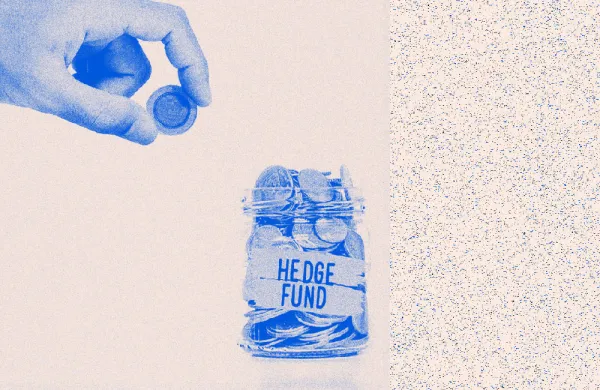With equity markets recovering sharply in July after the worst calendar-year first half in more than 50 years, hedge funds also saw gains.
According to Hedge Fund Research data, equity hedge funds, which use long-short strategies, posted solid numbers in July. HFR’s investable HFRI 500 Equity Hedge Index increased 3.25 percent and its HFRI Equity Hedge Total Index gained 2.9 percent.
The S&P 500 index, for comparison, was up 9.1 percent in July, recording its best month since November 2020.
“July was the first sustained reversal from the worst equity market performance for a first half in over 50 years, [and it] happened despite the Fed raising rates, inflation holding near a generational high of 9 percent, and the economy officially entering recession,” HFR President Ken Heinz told Institutional Investor in an e-mail.
Heinz said that equity hedge funds were well-positioned for the market turnaround. Specific equity strategies, such as technology, led last month’s growth, with HFRI’s technology index gaining 5 percent in July. Other equity strategy indexes also saw strong performance gains last month, including fundamental value (up 3.6 percent), fundamental growth (4.4 percent), energy and basic materials (4.8 percent), and multi-strategy (4.4 percent).
Dispersion in hedge fund performance also narrowed in July — the highest-performing hedge funds grew by an average of 9.9 percent, while those in the bottom decile dropped 5.8 percent. The total top/bottom dispersion was 15.7 percent in for July, compared with 28.9 percent in June.
Other hedge fund strategies also enjoyed gains in July. The HFRI Event-Driven (total) Index, which measures the performance of event-driven hedge fund strategies, grew 3 percent, while the investable HFRI 500 Event-Driven Index added 2.4 percent in July.
Event-driven gains occurred amid rising “interest rates, the Fed, inflation, and the recession,” Heinz said. “Managers in aggregate were positioned that these headwinds would be transitory and short term, and that many investors may have overreacted to negative headlines and risks” in the second quarter.
\HFRI’s 500 Relative Value Index, which looks at fixed-income and interest rate-sensitive strategies, grew 1.5 percent in July, amid increased interest rates and surging inflation. Macro strategies, meanwhile, declined in July, with the HFRI 500 Macro Index falling 1.5 percent. But Heinz noted that the overall HFRI 500 Macro Index is still up 11.9 percent for 2022.
“The [main] reason for the small decline in July was that most of the trends that have driven performance in the [first half of 2022] shifted in July, and quantitative, trend-following models reset to the new trends,” he said.
Looking ahead, Heinz said that managers are positioned for market volatility to continue — especially with the November midterm elections right around the corner — but that they also expect inflation to level off somewhat and for interest rate increases to moderate.







